 I had a very unfortunate false start with Gnod, as the first time I heard them, I mistakenly concluded that they were basically the UK version of White Hills rather than a deeply radical and experimental entity of Swans-like intensity.  With the benefit of hindsight, I have since embraced them as one of the single most exciting forces to emerge from the underground in recent years.  Thankfully, no one at all will be likely to repeat my mistake after hearing Just Say No, though it admittedly tones down the band’s more arty and indulgent tendencies quite a bit in service of visceral brute force (the album title provides a very unambiguous clue as to the band's current mindset). Of course, as much as I enjoy raw power, punk energy, and hardcore fury on their own, the beauty of this album lies in how brilliantly Gnod manage to blend heavy music with their longstanding Krautrock and psych fascinations, enhancing the expected monster riffs with bulldozing no-frills repetition, seismic percussion grooves, Gang of Four-style minimalism, and a wonderful textural chaos of electronics and radio broadcasts.
I had a very unfortunate false start with Gnod, as the first time I heard them, I mistakenly concluded that they were basically the UK version of White Hills rather than a deeply radical and experimental entity of Swans-like intensity.  With the benefit of hindsight, I have since embraced them as one of the single most exciting forces to emerge from the underground in recent years.  Thankfully, no one at all will be likely to repeat my mistake after hearing Just Say No, though it admittedly tones down the band’s more arty and indulgent tendencies quite a bit in service of visceral brute force (the album title provides a very unambiguous clue as to the band's current mindset). Of course, as much as I enjoy raw power, punk energy, and hardcore fury on their own, the beauty of this album lies in how brilliantly Gnod manage to blend heavy music with their longstanding Krautrock and psych fascinations, enhancing the expected monster riffs with bulldozing no-frills repetition, seismic percussion grooves, Gang of Four-style minimalism, and a wonderful textural chaos of electronics and radio broadcasts.
Two new shows just for you. We have squeezed out two extended release episodes for this weekend to get you through this week. They contain mostly new songs but there's also new issues from the vaults. The first show features music from Rider/Horse, Mint Field, Robert Aiki Aubrey Lowe, Anastasia Coope, ISAN, Stone Music, La Securite, Bark Psychosis, Jon Rose, Master Wilburn Burchette, Umberto, Wand, Tim Koh, Sun An, and Memory Drawings. The second episode has music by Laibach, Melt-Banana, Chuck Johnson, X, K. Yoshimatsu, Dorothy Carter, Pavel Milyakov, Violence Gratuite, Mark Templeton, Dummy, Endon, body / negative, Midwife, Alberto Boccardi, Divine. Cow in Maui from Veronika in Vienna. Get involved: subscribe, review, rate, share with your friends, send images! |


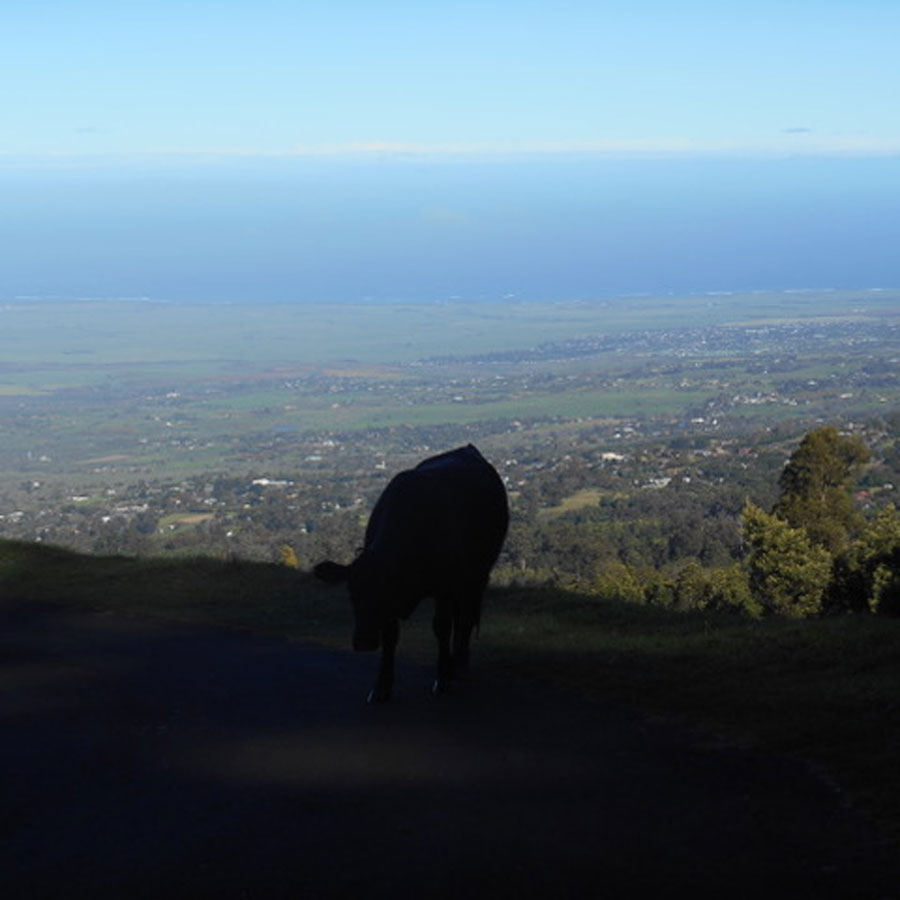
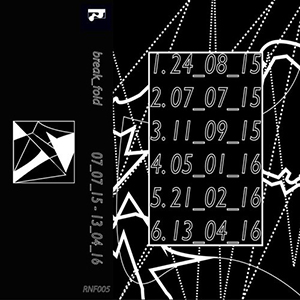 The plain, unmarked white shell and clinical titling of break_fold's debut certainly adds a mysterious quality to this project. There is no hint as to what to expect musically, and that alone always makes me curious. That ambiguity carries onto the tape itself, in the form of complex and diverse beat heavy electronics that excels as much in mood and texture as it does in pleasant melodies and memorable rhythms.
The plain, unmarked white shell and clinical titling of break_fold's debut certainly adds a mysterious quality to this project. There is no hint as to what to expect musically, and that alone always makes me curious. That ambiguity carries onto the tape itself, in the form of complex and diverse beat heavy electronics that excels as much in mood and texture as it does in pleasant melodies and memorable rhythms.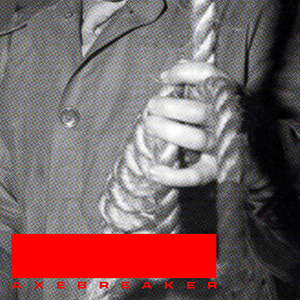 Axebreaker is a new project from Locrian vocalist/keyboardist Terence Hannum, and one that harkens back to the earliest days of the power electronics scene (right when it transitioned from the world of industrial), while putting an entirely modern spin on the sound. It is heavily politically charged and packed with all of the anger and rage I could have hoped for. The strength of Hannum’s performance ensures, however, that it will still be relevant even when the political landscape shifts to something hopefully more pleasant in the USA.
Axebreaker is a new project from Locrian vocalist/keyboardist Terence Hannum, and one that harkens back to the earliest days of the power electronics scene (right when it transitioned from the world of industrial), while putting an entirely modern spin on the sound. It is heavily politically charged and packed with all of the anger and rage I could have hoped for. The strength of Hannum’s performance ensures, however, that it will still be relevant even when the political landscape shifts to something hopefully more pleasant in the USA.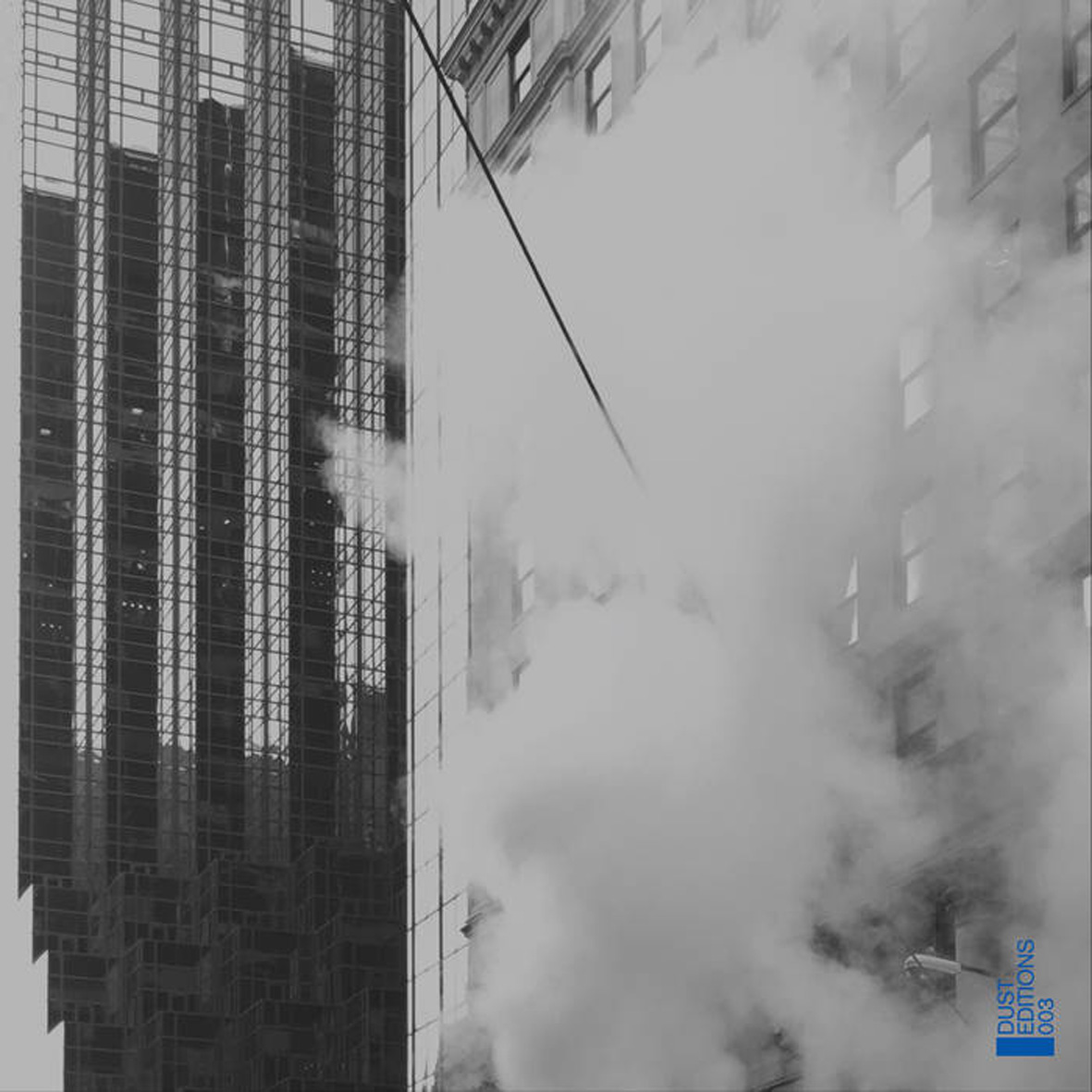 This latest album continues to explore the more electronic phase of Evan Caminiti's art, yet feels quite a bit different from his other recent work.  Inspired by the "psychic and physical toxicity of life in late capitalism," Toxic City Music is a corroded, crackling, and bleary miasma of processed guitar and industrial textures gleaned from Caminiti's surroundings in NYC.  While the prevailing aesthetic is a somewhat noirish ambient fantasia on urban decay and alienation, the smoggy gloom is artfully balanced out by some fine spectral dub-techno touches. In fact, this record is most successful when viewed as a deeply experimental electronic dub album, as Caminiti is not so much appropriating a new influence as he is dipping it into the acid bath of his flickering and smoky dystopic vision, then presenting the barely recognizable remains.  Toxic City may be a diffuse, shadowy, and understated vision, but it is a very compelling and distinctive one as well.
This latest album continues to explore the more electronic phase of Evan Caminiti's art, yet feels quite a bit different from his other recent work.  Inspired by the "psychic and physical toxicity of life in late capitalism," Toxic City Music is a corroded, crackling, and bleary miasma of processed guitar and industrial textures gleaned from Caminiti's surroundings in NYC.  While the prevailing aesthetic is a somewhat noirish ambient fantasia on urban decay and alienation, the smoggy gloom is artfully balanced out by some fine spectral dub-techno touches. In fact, this record is most successful when viewed as a deeply experimental electronic dub album, as Caminiti is not so much appropriating a new influence as he is dipping it into the acid bath of his flickering and smoky dystopic vision, then presenting the barely recognizable remains.  Toxic City may be a diffuse, shadowy, and understated vision, but it is a very compelling and distinctive one as well.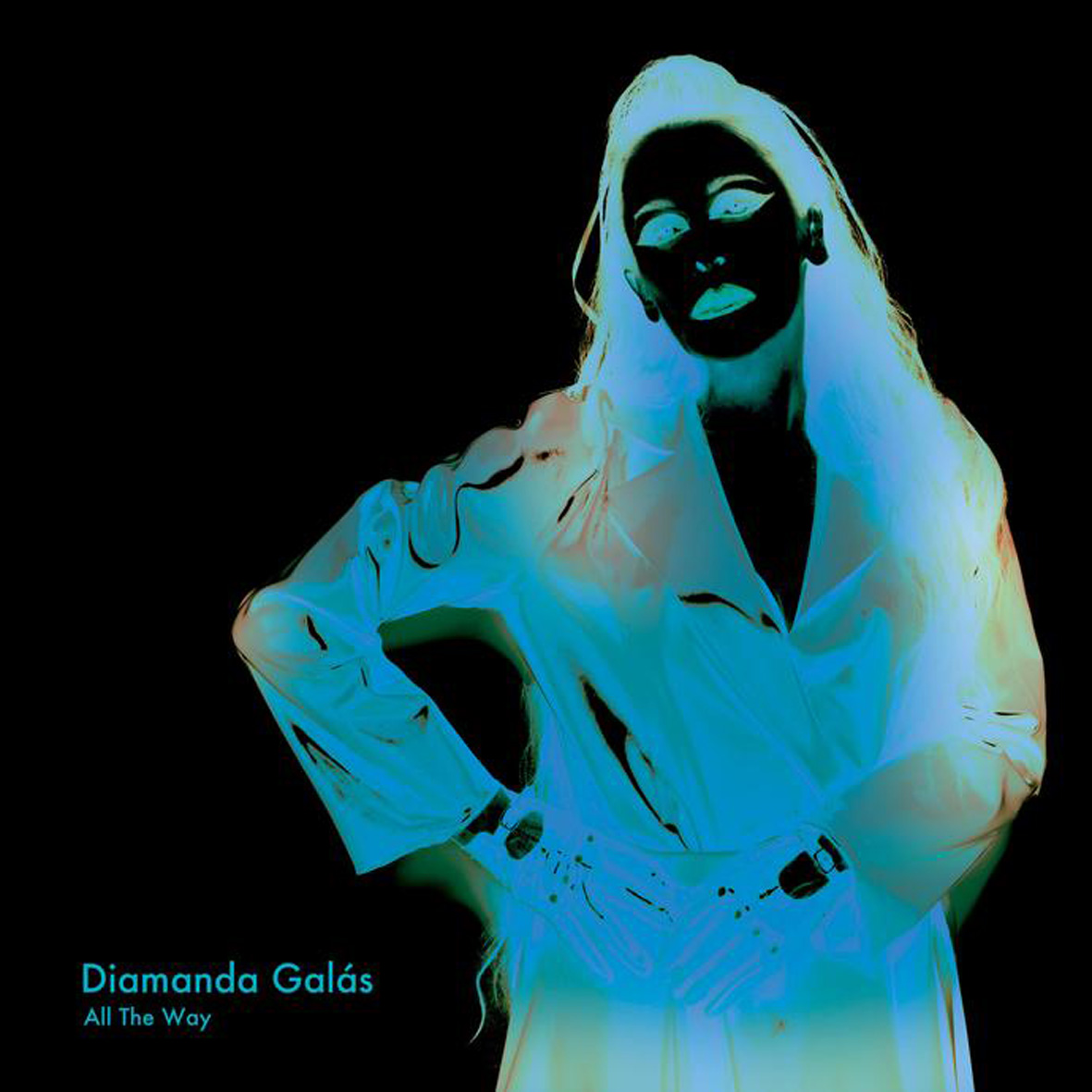 After nearly a decade-long recording hiatus, iconic force of nature Diamanda Galás has resurfaced with pair of themed albums of characteristically dark covers and interpretations.  Linked by two different versions of the traditional "O Death," the partially studio-recorded All The Way revisits the familiar territory of classic blues and country while the St. Thomas the Apostle live performance delves into the even more familiar subject of death.  Both albums have their moments of brilliance, but the St. Thomas performance is arguably more accessible, if only because Galás's demonic operatic flourishes  feel a bit more at home in her own arrangements of poems and texts than they do when all that firepower is directed at, say, a Johnny Paycheck song.  Also, it is quite a bit looser and more varied.  Accessibility is quite relative with an artist as simultaneously beloved and polarizing as Galás though, as even the sultriest, sexiest jazz standards can erupt into primal, window-rattling intensity with absolutely no warning.
After nearly a decade-long recording hiatus, iconic force of nature Diamanda Galás has resurfaced with pair of themed albums of characteristically dark covers and interpretations.  Linked by two different versions of the traditional "O Death," the partially studio-recorded All The Way revisits the familiar territory of classic blues and country while the St. Thomas the Apostle live performance delves into the even more familiar subject of death.  Both albums have their moments of brilliance, but the St. Thomas performance is arguably more accessible, if only because Galás's demonic operatic flourishes  feel a bit more at home in her own arrangements of poems and texts than they do when all that firepower is directed at, say, a Johnny Paycheck song.  Also, it is quite a bit looser and more varied.  Accessibility is quite relative with an artist as simultaneously beloved and polarizing as Galás though, as even the sultriest, sexiest jazz standards can erupt into primal, window-rattling intensity with absolutely no warning.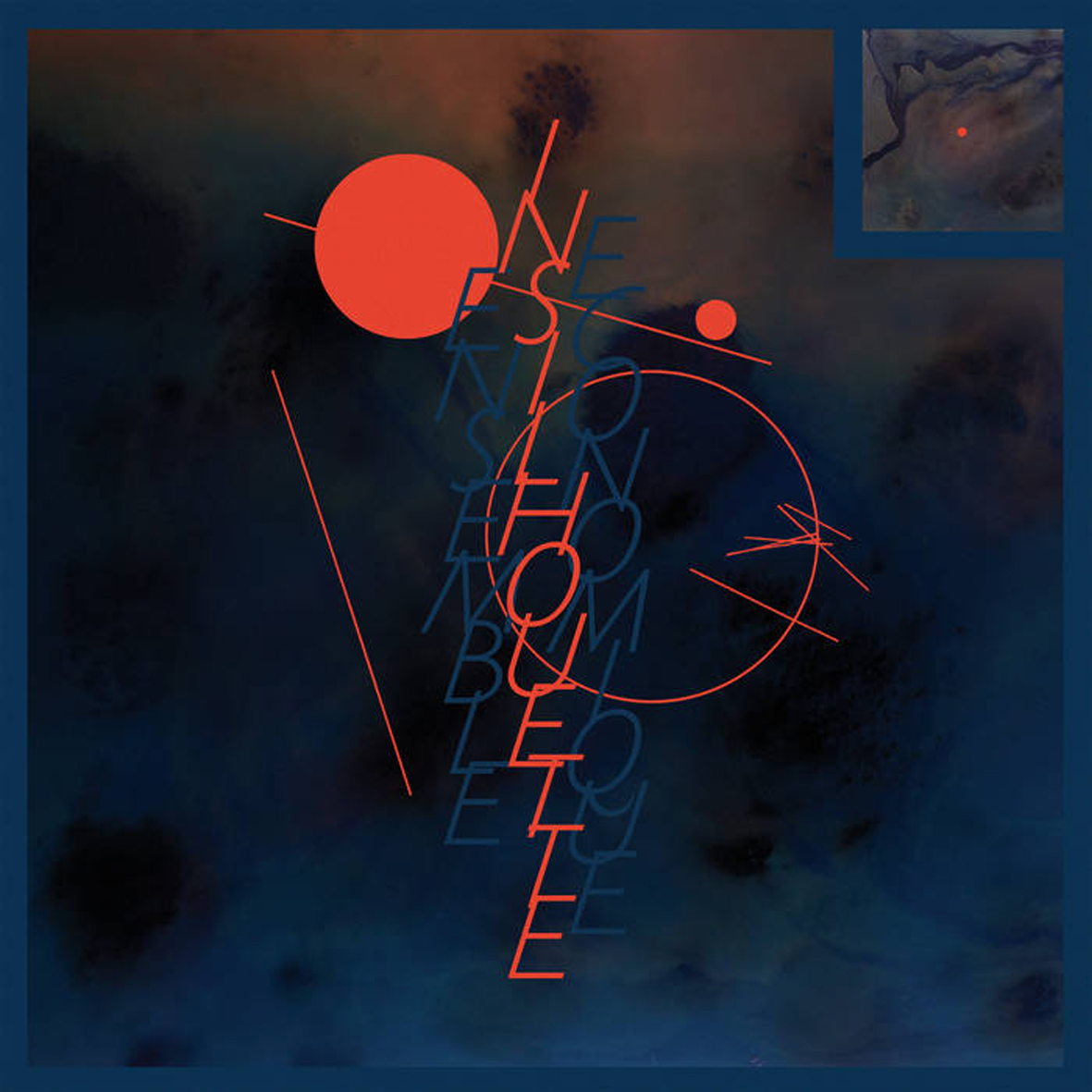 I truly never know quite what to expect from erstwhile Starving Weirdo Brian Pyle, as his Ensemble Economique project has covered plenty of shifting territory with varying results over the last decade.  His albums are certainly always intriguing and often deliciously aberrant, but I have not been truly knocked sideways since 2011's Crossing The Path, By Torchlight.  With In Silhouette, his 12th album, Pyle steps away from his recent forays into darkwave to plunge back into the unapologetically hallucinatory and warped terrain that I love best.  He has not entirely jettisoned his dark pop instructs though, as In Silhouette's deep psychedelia is enhanced by host of whispering and mysterious female voices.  While not every piece quite captures Pyle at his zenith, In Silhouette is cinematic in the best sense of the word, as it feels like being plunged completely (and uncomfortably) into a noirish and Lynchian world of shadow, menace, and dark sexuality.
I truly never know quite what to expect from erstwhile Starving Weirdo Brian Pyle, as his Ensemble Economique project has covered plenty of shifting territory with varying results over the last decade.  His albums are certainly always intriguing and often deliciously aberrant, but I have not been truly knocked sideways since 2011's Crossing The Path, By Torchlight.  With In Silhouette, his 12th album, Pyle steps away from his recent forays into darkwave to plunge back into the unapologetically hallucinatory and warped terrain that I love best.  He has not entirely jettisoned his dark pop instructs though, as In Silhouette's deep psychedelia is enhanced by host of whispering and mysterious female voices.  While not every piece quite captures Pyle at his zenith, In Silhouette is cinematic in the best sense of the word, as it feels like being plunged completely (and uncomfortably) into a noirish and Lynchian world of shadow, menace, and dark sexuality.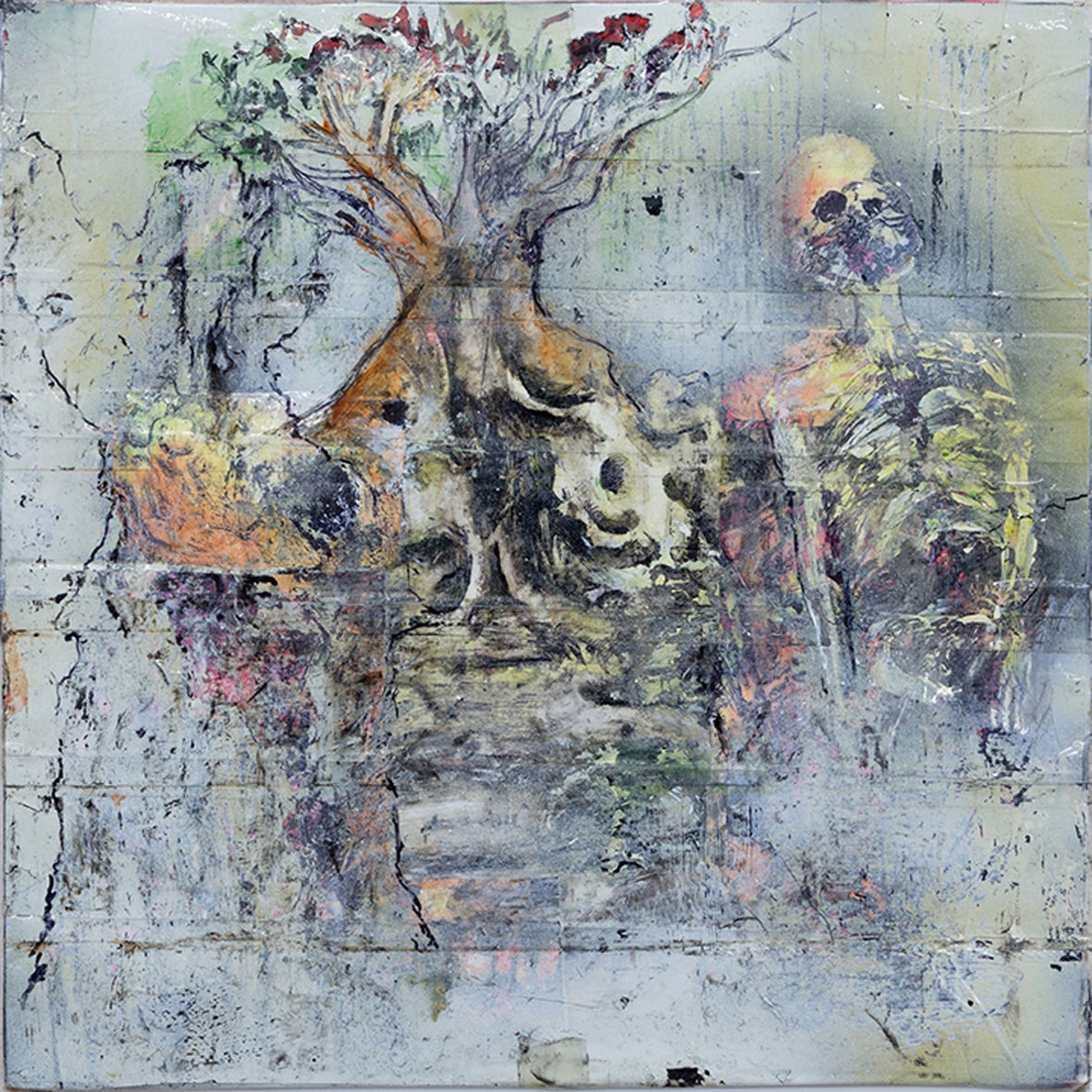 I am only a casual Wolf Eyes fan, so the bulk of their endless tide of releases passes by me unnoticed.  Every couple of years, however, they unleash something big to remind everyone that they are just as relevant as ever and continuing to tirelessly evolve.  The latest salvo in that vein is ostensibly this one, which also happens to be the inaugural release for the band's new Lower Floor Music imprint.  Stylistically, the two bookend pieces share a lot of common ground with the better moments of 2013's No Answer : Lower Floors, eschewing noise for something resembling deconstructed rock music that has gone sick and wrong.  When it sticks to that template, Undertow is quite good, but the more abstract and sketchlike material separating its two highlights makes for a somewhat uneven whole.
I am only a casual Wolf Eyes fan, so the bulk of their endless tide of releases passes by me unnoticed.  Every couple of years, however, they unleash something big to remind everyone that they are just as relevant as ever and continuing to tirelessly evolve.  The latest salvo in that vein is ostensibly this one, which also happens to be the inaugural release for the band's new Lower Floor Music imprint.  Stylistically, the two bookend pieces share a lot of common ground with the better moments of 2013's No Answer : Lower Floors, eschewing noise for something resembling deconstructed rock music that has gone sick and wrong.  When it sticks to that template, Undertow is quite good, but the more abstract and sketchlike material separating its two highlights makes for a somewhat uneven whole.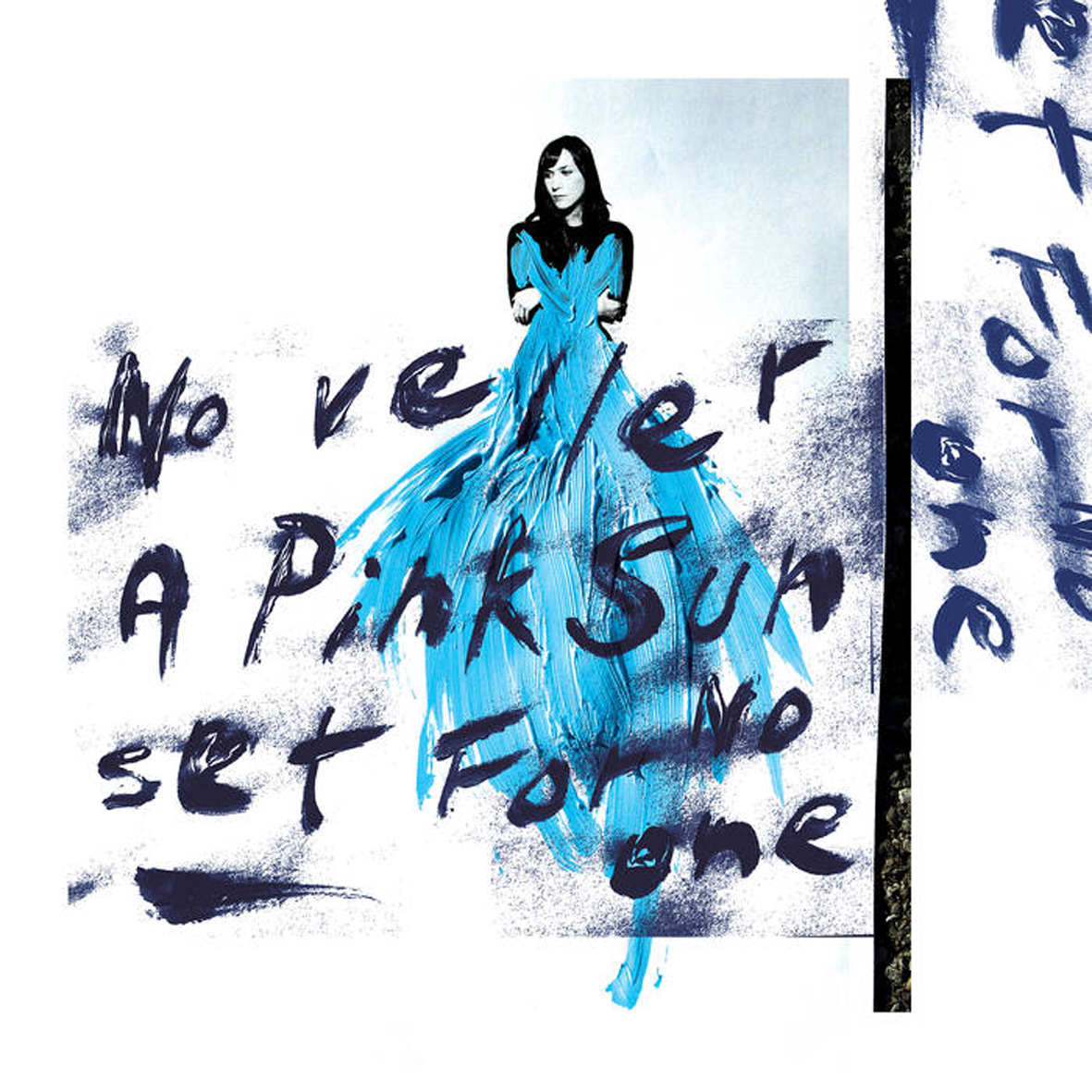 I have an unfortunate tendency to take Sarah Lipstate's work for granted, as if it is somehow not enough that she is one of the most distinctive and inventive solo guitarists currently active.  Part of that is her own fault, as she periodically produces work so beautiful and sublime that she transcends her role as guitarist and instead seems like one of the most compelling artists around.  Those are the moments that I am always chasing and I have not experienced one since the title piece on 2013's No Dreams.  Happily, Pink Sunset manages to floor me once more with "Deep Shelter."  There are a few other memorable moments on this solid and likeable album as well, but not quite enough to disabuse me of my belief that Lipstate is gradually accumulating the material for an absolutely stunning greatest hits album at a rate of one fresh masterpiece every few years.
I have an unfortunate tendency to take Sarah Lipstate's work for granted, as if it is somehow not enough that she is one of the most distinctive and inventive solo guitarists currently active.  Part of that is her own fault, as she periodically produces work so beautiful and sublime that she transcends her role as guitarist and instead seems like one of the most compelling artists around.  Those are the moments that I am always chasing and I have not experienced one since the title piece on 2013's No Dreams.  Happily, Pink Sunset manages to floor me once more with "Deep Shelter."  There are a few other memorable moments on this solid and likeable album as well, but not quite enough to disabuse me of my belief that Lipstate is gradually accumulating the material for an absolutely stunning greatest hits album at a rate of one fresh masterpiece every few years.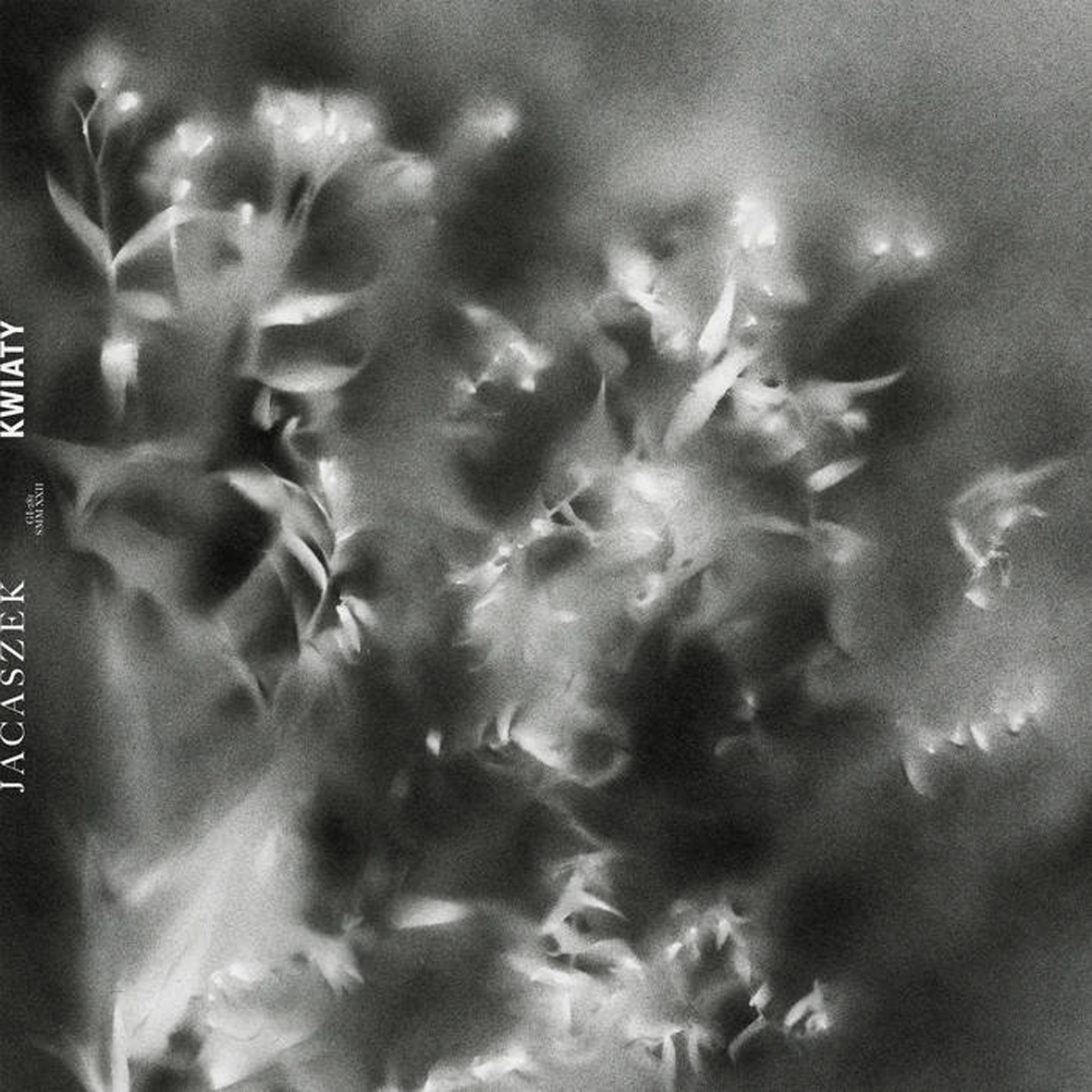 I have historically had a complicated relationship with Michal Jacaszek's music, as I love his aesthetic and he consistently releases deeply immersive and intriguing albums, yet he has an uncanny knack for stylistic quirks that subjectively rub me the wrong way (harpsichords, a penchant for gloom and somberness, etc.).  Consequently, I was more or less just waiting around for an album to finally surface that was a bit more to my taste and KWIATY is that album. One one hand, Jacaszek mostly sticks to his familiar territory of dark, hiss-ravaged neo-classical fare, but the new twist is that he enlisted a trio of female vocalists to give voice to the metaphysical poetry of 17th century Englishman Robert Herrick.  While such a conceit admittedly sounds very arcane and high-concept on paper, it reveals itself to be quite beautiful in execution, often resembling an eerie, crackling, fractured, and otherworldly strain of dreampop.
I have historically had a complicated relationship with Michal Jacaszek's music, as I love his aesthetic and he consistently releases deeply immersive and intriguing albums, yet he has an uncanny knack for stylistic quirks that subjectively rub me the wrong way (harpsichords, a penchant for gloom and somberness, etc.).  Consequently, I was more or less just waiting around for an album to finally surface that was a bit more to my taste and KWIATY is that album. One one hand, Jacaszek mostly sticks to his familiar territory of dark, hiss-ravaged neo-classical fare, but the new twist is that he enlisted a trio of female vocalists to give voice to the metaphysical poetry of 17th century Englishman Robert Herrick.  While such a conceit admittedly sounds very arcane and high-concept on paper, it reveals itself to be quite beautiful in execution, often resembling an eerie, crackling, fractured, and otherworldly strain of dreampop. 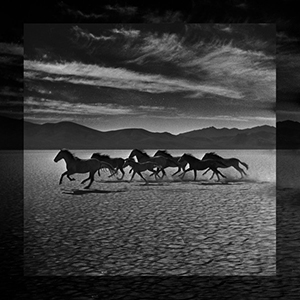 For their first vinyl release, Rafael Femiano (guitars and electronics) and Felipe Pavon (drums and percussion) pulled out all of the stops on the most recent Oikos release. In this case, that metaphor may be a bit of a misnomer, since most of The Great Upheaval is much more about mood and ambience than full bore explosions of sound, although those feature here as well. The tasteful balance of the two, and the impeccable compositional structures, results in an album that is gripping in its intentional bleakness.
For their first vinyl release, Rafael Femiano (guitars and electronics) and Felipe Pavon (drums and percussion) pulled out all of the stops on the most recent Oikos release. In this case, that metaphor may be a bit of a misnomer, since most of The Great Upheaval is much more about mood and ambience than full bore explosions of sound, although those feature here as well. The tasteful balance of the two, and the impeccable compositional structures, results in an album that is gripping in its intentional bleakness.
